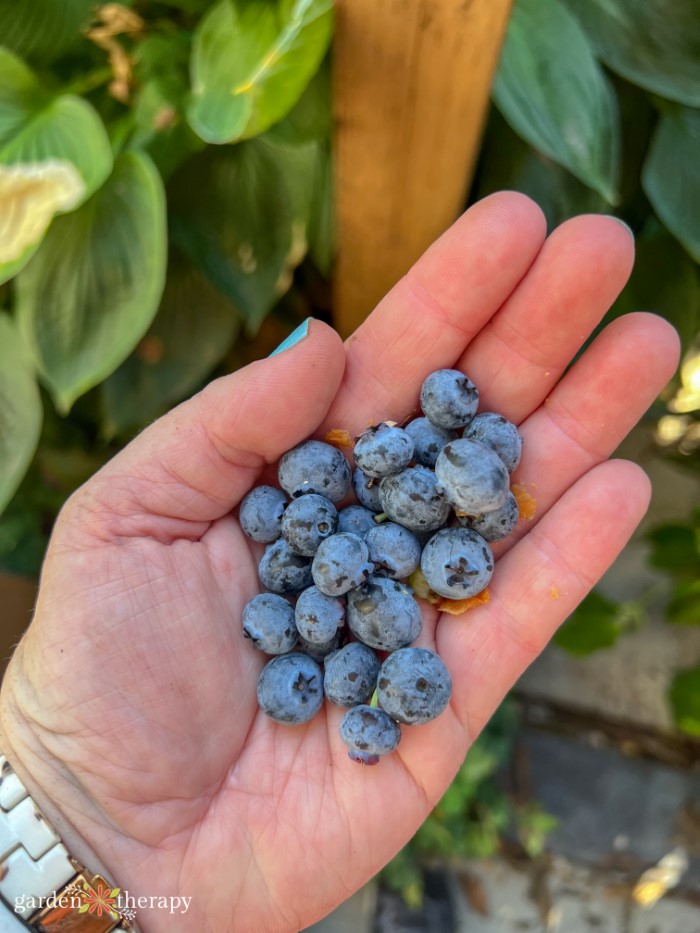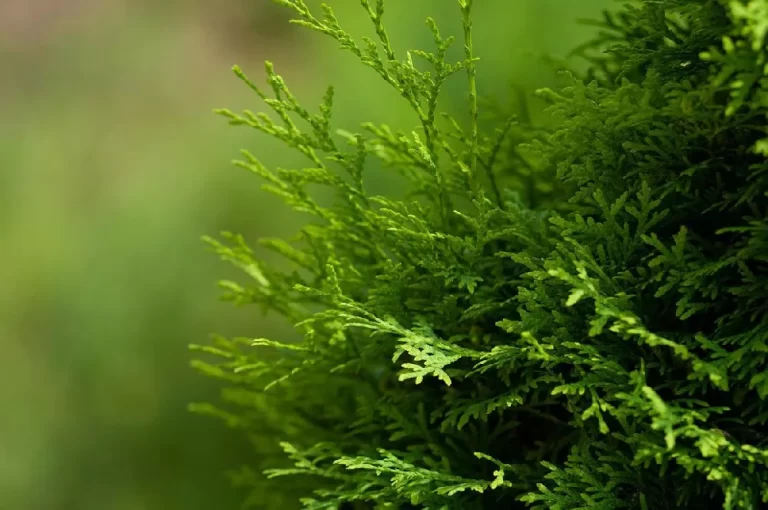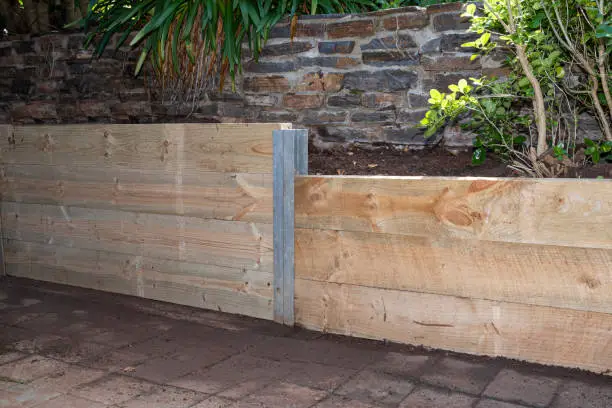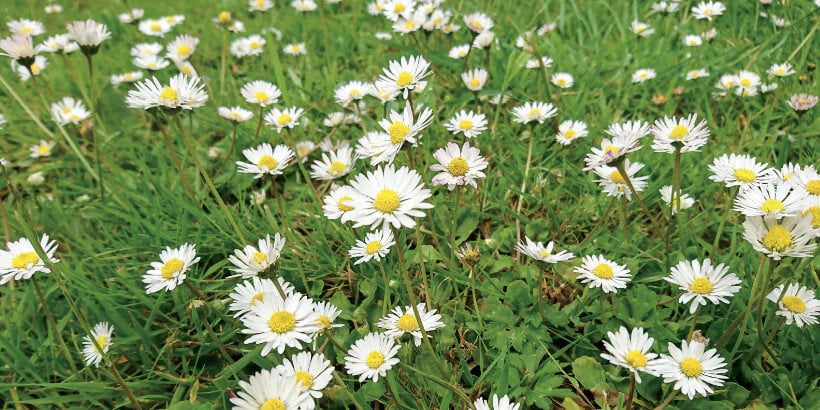How Far Aside Ought to You Plant Cabbage?
Cabbage is probably not the preferred backyard plant, however for those who can present the proper circumstances, you may get pleasure from your very personal homegrown cabbages! These crops could be a bit finicky, requiring cool temperatures, regular moisture, and wealthy, fertile soil. A full-grown cabbage prepared to reap, nonetheless, is a powerful sight and nicely definitely worth the effort.
Cabbage can develop fairly giant, with bigger varieties reaching as much as 24 inches (or extra!) throughout. Smaller varieties keep extra compact, nearer to 12 inches throughout. And there are some dwarf sorts of cabbage that keep 8 to 10 inches throughout. You may develop any number of cabbage in backyard rows or raised beds.
So how a lot area does every plant require? On this article, we’ll take a look at head-cabbage crops and the way far aside you may develop them. We may also talk about how, when, and the place you may develop your individual cabbage. Let’s dig in and be taught extra concerning the fundamentals of rising cabbage crops.
The Fast Reply
A single cabbage plant can develop reasonably giant and would require its personal area. Cabbage are heavy feeders and don’t like competitors from shut neighbors. Place seedlings 12 to 24 inches aside so that they every have loads of room to develop.
Whether or not you begin your crops from seed or start with bought seedlings, the last word spacing between crops would be the similar. Every plant would require loads of daylight, water, and fertilizer all through the rising season.
Web site Choice

Web site choice is essential for the success of your cabbage crop. Should you select the best website and put together it prematurely of planting, you may simply develop strong cabbages. You probably have a poor-quality website with little or no advance preparation, your crops will endure and battle to provide a very good crop.
Temperature – Cabbage is a cool season crop. It grows greatest in soil temperatures starting from 60°F to 65°F. If the temperatures are too heat (typically 80°F or above), cabbage will bolt, sending up flower stalks and growing poorly-formed heads. Temperatures that keep under 45°F for an prolonged time frame can injury leaves. Older crops are extra tolerant of chilly than youthful crops.
Solar – Cabbage grows greatest in full solar, with at the very least 6 hours of direct daylight every day. A little bit of afternoon shade might be appreciated in hotter climates.
Soil – Cabbage wants well-drained, fertile soil with loads of vitamins. Add some natural compost to the soil earlier than planting to enhance soil high quality. The best soil pH is barely acidic, starting from 6.5 to six.8.
Moisture – Water your cabbage crops frequently. They need to obtain 1 to 2 inches of water every week. Should you don’t get that a lot rainfall, you’ll need to irrigate your crops to take care of uniform soil moisture. Irregular watering and cycles of utmost dryness and excessive moisture could cause issues like cut up heads.
Mulch – Cabbage crops will profit from a layer of mulch. It will assist retain soil moisture and likewise assist stop weeds. Use an natural mulch, akin to clear wheat straw, composted leaves, and even grass clippings.
Fertilizer – Cabbage crops crave vitamin so give your cabbage some fertilizer. You can provide it a lift by planting it in wealthy soil with added compost. Then whereas rising, incorporate a slow-release plant meals for vegetable gardening. Observe the instructions on the product you purchase. Cabbage will profit from a gradual provide of vitamins all through its development cycle.
Crop Rotation – Don’t plant cabbage in the identical place two years in a row. Permit 3 to 4 years between plantings of any cruciferous greens, together with cabbage, broccoli, cauliflower, Brussels sprouts, turnips, and rutabaga. It will assist stop recurrences of pests and fungal ailments that have an effect on this household of crops.
Spacing When Transplanting Begins

Many gardeners decide to buy younger crops from backyard facilities. This contains cabbage. When younger crops are bought with the intention of transplanting into your backyard, these crops will want loads of area to develop and attain their full potential.
When planting cabbage that has been bought from a backyard heart to transplant into your backyard, plan for at the very least 24 inches or 2 toes in between crops. You will have at the very least 36 inches, or 3 toes in between plant rows.
It will enable your cabbage to have sufficient room to develop to their full potential, with out crowding them which might add to illness strain and different issues.
Seed Spacing When Sowing Seeds Indoors

Should you begin your seeds indoors, sow them 6 to eight weeks earlier than the final spring frost. Place 2 to three seeds per pot. Plant them ¼ to ½ inch deep and canopy them calmly with contemporary soil. Hold the seeds moist till they sprout. After sprouting, when seedlings are a number of inches tall, skinny them to only one plant per pot.
Plan to transplant the seedlings 2 to three weeks earlier than the final frost. A couple of days earlier than transplanting, convey them outdoors for just a few hours every day to harden them off and get them acclimated to the harsher daylight outdoor.
If temperatures drop under freezing after you transplant them outdoors, simply cowl the tender younger crops with a lightweight sheet, row cowl, or overturned pot to assist defend them from an in a single day frost. Take away the overlaying the next day so your crops can benefit from the daylight.
If you end up able to transplant the seedlings outdoor, area your younger crops 1 to 2 toes aside. You may develop them in rows or in grids.
Simply make certain you will have entry to your crops. Crops grown nearer collectively could are typically smaller than crops grown farther aside. Cabbage are heavy feeders and don’t prefer to compete for soil vitamins with any shut neighbors.
Seed Spacing When Direct Sowing Open air

Beginning cabbage outdoor is greatest finished earlier than a fall harvest. In mid to late summer season, sow seeds ¼ to ½ inch deep. Hold the seeds moist till they sprout, after which proceed to maintain the soil moist so the seedlings don’t dry out, particularly if it’s nonetheless sizzling outdoors!
It will require every day consideration in hotter climates. You have to to get the seeds began whereas the temperature continues to be heat, whereas nonetheless permitting sufficient time within the cooler season for crops to achieve maturity.
If you wish to plant cabbage in rows, sow a cluster of two or 3 seeds each 12 to 24 inches. After the seeds sprout, when seedlings are about 4 to five inches tall, skinny the seedlings to only one plant each 1 to 2 toes. In case you are utilizing a raised mattress or square-foot backyard, once more sow a cluster of two or 3 seeds each 12 inches. Then after thinning, you’ll have one plant rising in every sq. foot of area.
Every spring and fall, you may as well readily discover younger cabbage begins at nurseries and backyard facilities. This is a superb choice for those who don’t have the area of correct indoor circumstances to start out crops from seed. These younger crops might be planted instantly into your backyard plot. Area them 12 to 24 inches aside so that they have loads of room to develop.
Whether or not you develop your individual cabbages from seed or purchase younger crops, the last word spacing between crops needs to be 1 to 2 toes. After transplanting younger crops into your backyard, mulch round them to assist retain soil moisture.
Further Suggestions For Success

- Fertilize frequently with a balanced vegetable-friendly fertilizer.
- Hold cabbage crops watered with roughly 1 to 2 inches or water per week.
- Mulch round your crops to assist hold the soil moist.
- The best rising temperature is 60°F to 65°F.
- Destroy (don’t compost) any diseased crops.
- Rotate crops so that you don’t develop cabbage in the identical spot in successive years.
- Ideally, enable at the very least 3 to 4 years between plantings.
- Good cabbage companion crops embrace beans, scallions, onions, celery, and fragrant herbs.
- Hold your cabbage patch weeded.
Ultimate Ideas
Should you’re prepared to provide cabbage a attempt, plan forward so you may develop it throughout the spring or fall. You can begin crops from seed or get a head begin by buying younger crops from a backyard heart. Hold a detailed watch on pets and ailments, particularly leaf-eating caterpillars, and deal with any points promptly so that they don’t destroy your crop.
And you’ll want to hold your crops fertilized and supply them loads of water all through the rising season. If you’ll be able to present good rising circumstances, you can be well-rewarded with tasty, jumbo-sized heads of crunchy, leafy, nutrition-packed cabbage!








